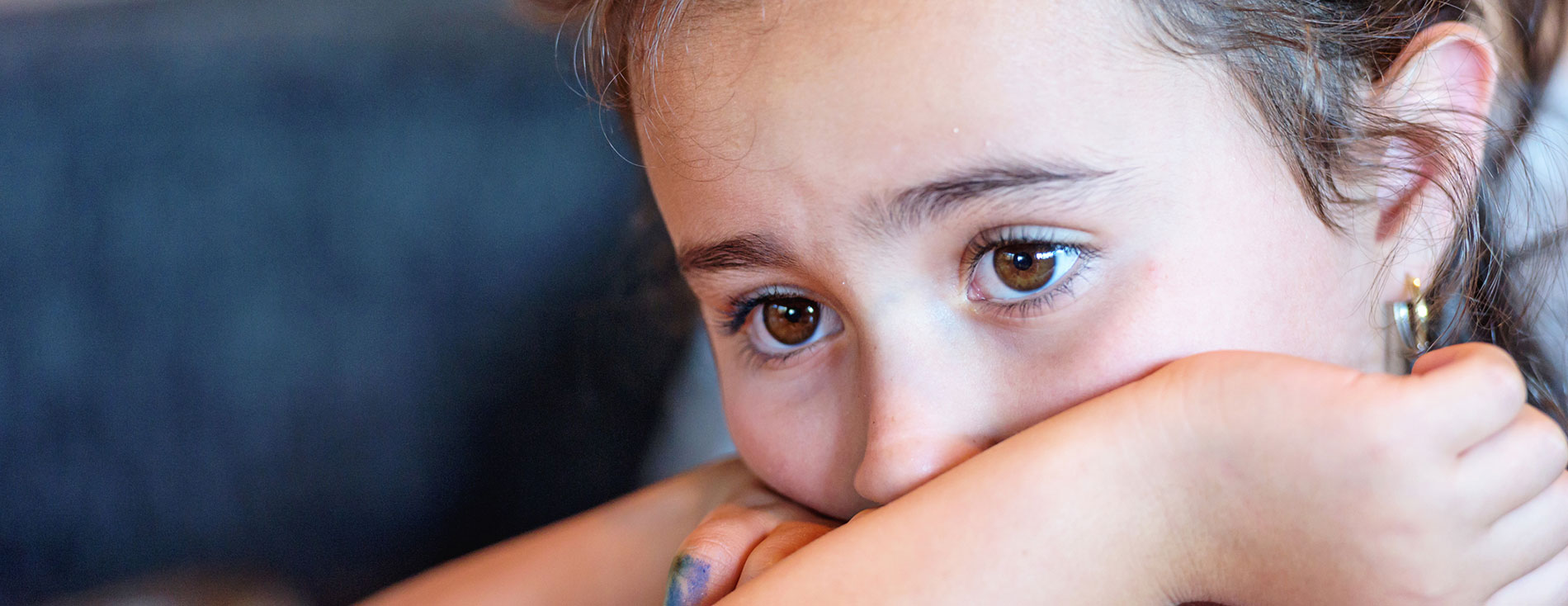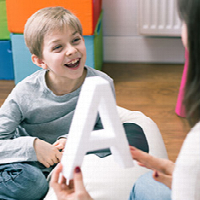Five Top Tips To Teach Your Kids How To Put Themselves To Sleep
The biggest bedtime mistake parents of toddlers make is bringing the youngster into the marital bed in the middle of the night. This is the hidden secret of thousands of parents in the 21st Century! During the 1940’s and ’50’s, the big challenge was feeding. Parents were very worried that their children wouldn’t get enough nourishment so they spoon-fed and shoved food into their kids’ mouths. Today, we are living in strained economic times where it requires two incomes/paychecks to make families’ ends meet. Parents have limited time with their kids and when they are together, they don’t want to fight. Sadly, parents slack off on limits and boundaries. Parents want to be “liked” by their kids at all times. Huge problem! The first opportunity for parents to set a limit with their young children is in the area of sleep. Once a parent invites their child into their bed it requires a mountain of effort to get the little one back in their own bed sleeping through the night. Here are my 5 top tips for parents to teach kids how to put themselves to sleep. Additional bedtime mistakes parents of toddler make including using a locked gate that traps the poor child in his/her bedroom; bargaining and deal-making with the child offering rewards for not requiring support; and so forth.
- From birth on put your infant down in her crib awake or slightly aroused. She will develop and strengthen her muscles (capacity) to self-soothe each time she wrestles with tossing and turning to relax and fall asleep.
- Encourage her interest and attachment to a Transitional Object that may include a pacifier, soft cuddly blanket or pillow, or stuffed animal toy. A Transitional Object aids your baby in the self-soothing process. It is a more advanced or mature level than dependency on Mommy’s skin.
- After age 6 months (when your baby's stomach is mature enough to hold food through the night), do not feed or pick up your baby when he cries in the middle of the night (unless he is sick, teething, or physically hurt). Remember, we do not want to foster your infant's dependency on Mommy's skin for calming down. To be a good parent, you must be comfortable balancing two things at the same time – loving nurture and boundary setting/holding. You are there with him (nurture), but you will not pick him up out of the crib (boundary). This is an opportunity for your child to grow.
- Do not go in and out of your child's bedroom checking. This is very confusing to young children. Sit on a chair in full view and position yourself as a supportive, disengaged (no chatting) companion.
- Create a nighttime routine that prepares your child to unwind, settle, and let go of the day. Repeat this sleep routine every night before bed. Perhaps your routine includes dinner, bath, bottle, and books/songs. Create a Book Corner in your child's bedroom where she drinks her bottle cuddling with you while looking at picture books. Make sure everything in your routine is quiet, calming, and cues your baby that sleep is coming.
Author:
Dr. Fran Walfish, Psy.D., M.F.C.C., Beverly Hills family and relationship psychotherapist, author, The Self-Aware Parent, and co-star on Sex Box, WE tv.
9615 Brighton Way Suite 414
Beverly Hills, CA 90210
Phone: 310-289-3221
Web: www.DrFranWalfish.com











